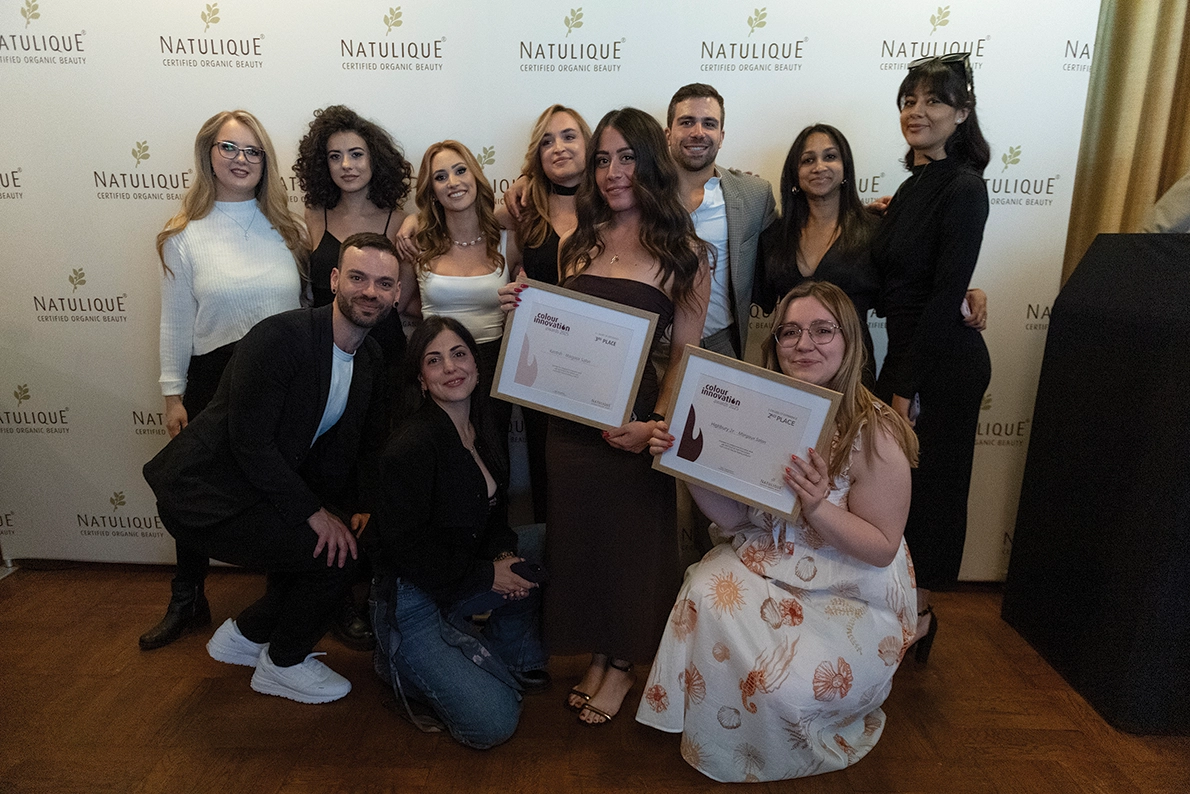Photo: Dr John Kahen, MD: Renowned Pioneer And Innovator In The Field Of Hair Restoration At Beverly Hills Hair Restoration.
Transforming Hair Restoration Through Surgical Precision And Regenerative Science
Dr John Kahen, founder of Beverly Hills Hair Restoration, shares his journey from academic prodigy to innovator, discussing SmartPRP®, his patient-first approach, and the future of regenerative hair restoration technology.
Dr. John Kahen, MD, is a name synonymous with innovation, precision, and excellence in the ever-evolving field of hair restoration. A true pioneer and thought leader, Dr. Kahen has redefined what modern hair transplant surgery can achieve, merging cutting-edge surgical techniques with breakthrough regenerative therapies. With an incredible journey that began as an exceptionally gifted academic, graduating high school at the age of 15, and evolving into one of the most sought-after figures in hair restoration, his dedication to pushing the boundaries of this medical discipline is nothing short of extraordinary.
Having founded the renowned Beverly Hills Hair Restoration clinic, Dr. Kahen has set a gold standard in the industry, treating every patient with an unparalleled level of care, innovation, and discretion. His development of the patented SmartPRP® technique revolutionised the field, greatly enhancing hair transplant outcomes and recovery times while offering minimally invasive solutions for patients. Such groundbreaking work is a testament to his unwavering commitment to improving not only the technology behind hair restoration but also the lives of countless individuals who have sought his expertise.
In this exclusive interview, we delve into the illustrious career of Dr. Kahen—from his early foundation in psychobiology and organ transplantation to becoming a global authority in hair restoration. He shares his insights on how the field has transformed over the years, the inspiration behind SmartPRP®, and his passion for helping patients regain both their hair and their confidence. It is an honour to feature Dr. Kahen, whose work continues to inspire innovation, restore self-esteem, and lead the industry into an exciting and transformative future.
Can you explain the inspiration behind developing SmartPRP therapy and the journey to securing a patent for it?
Being innovative inspired me. I developed SmartPRP to maximize the growth of transplanted follicles by delivering a mixture of Platelet Rich Plasma during the hair transplant surgery process. Filing a patent was a challenging process. I had to prove to the United States Patent agency this is a unique process and has not been developed or utilized in the past. Protecting the innovation began with a provisional patent supported by bench and pilot clinical data, followed by a full application focused on the unique processing parameters, kit components, and uses. After iterative prosecution and strategic filings, the patent granted giving me the freedom to commercialize this process.
What distinguishes the SmartPRP procedure from other hair restoration methods currently available on the market?
Inability to enhance the results of the hair transplant procedure and improve the recovery period.
In your experience, what are the most common misconceptions people have about hair restoration surgery?
Does transplanted hair look natural? Modern techniques like FUE (Follicular Unit Extraction) and SmartPRP-enhanced transplants allow surgeons to recreate completely natural hairlines and density. The “pluggy” look came from outdated methods in the 1980s and 1990s. Today’s results are virtually undetectable when performed by a skilled surgeon.
How has the field of hair restoration evolved since you began your career in 2007?
When I began my career in 2007, hair restoration was still in its early modern stages procedures were more invasive, results less refined, and technology limited. Since then, the field has completely transformed.
Today, advanced techniques like FUE (Follicular Unit Extraction), SmartPRP™, and precision digital tools have made hair restoration minimally invasive, highly accurate, and virtually undetectable. We now focus not just on replacing lost hair, but on restoring natural density, pattern, and confidence through a combination of art and science.
The biggest shift has been toward personalized, regenerative solutions using the body’s own growth factors and refined surgical design to achieve results that look and feel entirely natura
What factors do you consider when advising a patient on the best hair restoration treatment option for their specific needs?
Having a consultation with a skilled hair restoration specialist is the first and the best advice to obtain the best hair restoration treatment.
You have worked with many high-profile clients—how do you approach maintaining privacy and discretion in your practice?
Working with high-profile clients requires a deep commitment to privacy, trust, and professionalism. From the moment a patient contacts our practice, every step is handled with strict confidentiality.
We schedule private appointments, use secure communication, and ensure discreet entry and recovery options for those who need extra privacy. My team and I treat every patient celebrity or not with the same respect and confidentiality.
Ultimately, my goal is to create a comfortable environment where clients feel completely confident that their personal information and transformation remain strictly private.
What do you see as the future of non-surgical hair loss treatments, and how does PRP therapy fit into that vision?
The future of hair restoration is moving strongly towards regenerative and non-surgical solutions. Advances in cell therapy, exosome science, and growth factor technology are making it possible to stimulate natural hair growth without surgery.
PRP therapy—and especially next-generation versions like SmartPRP™ already play a key role in that future. By using the body’s own platelets and growth factors to revive dormant follicles and strengthen existing hair, PRP bridges the gap between medical and surgical restoration.
Could you elaborate on the role that advancements in stem cell technology have played in improving hair restoration procedures?
Advancements in stem cell research have significantly improved hair restoration by allowing us to enhance follicle regeneration, stimulate dormant hair, and improve graft survival. Stem cells can be used to create growth factors and signaling molecules that encourage the scalp’s own follicles to grow thicker, stronger hair.
When combined with procedures like FUE transplants or PRP therapy, stem cell technology optimizes results, accelerates healing, and helps achieve more natural, long-lasting density. Essentially, it adds a regenerative dimension to hair restoration, making treatments more effective and less invasive.
What advice would you offer individuals who are hesitant about pursuing hair restoration due to concerns around stigma or societal judgment?
It’s natural to feel hesitant about hair restoration because of societal perceptions or stigma. My advice is to focus on your own confidence and well-being, not other people’s opinions. Hair restoration is a personal choice and seeking it is simply taking control of your appearance and self-esteem.
Modern procedures are discreet, minimally invasive, and produce natural results, so there’s no need to feel self-conscious. Ultimately, investing in yourself whether through surgery, PRP, or other treatments is about feeling your best, inside and out.
As a pioneer in the field, what do you consider your most significant achievement in hair restoration to date?
I would say my most significant achievement is developing and refining techniques that combine surgical precision with regenerative medicine, like SmartPRP™, to deliver results that are both natural and long-lasting.
What truly sets this work apart is not just the technical innovation, but the transformative impact on patients’ confidence and quality of life. Helping individuals regain their hair and with it, a sense of self-assurance is what I consider the most meaningful outcome of my career.





